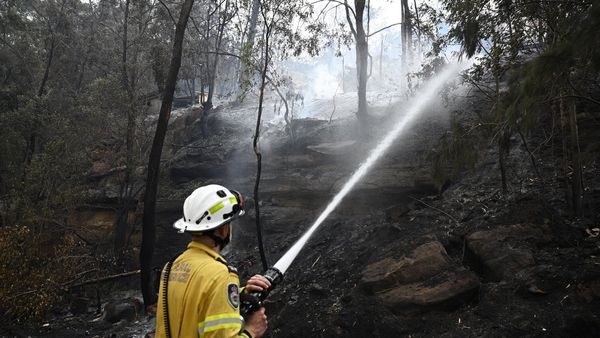
Dealing with a reactive dog can be one of the most challenging parts of being a pet parent - especially when it comes to introducing them to new people.
While the best dog treats or longest lasting dog chews can certainly be helpful when it comes to distracting your pup and assisting them in staying calm around strangers, expert dog trainer Julianna DeWillems we often unintentionally use food in a way that has the potential to backfire.
In a video shared to Instagram, DeWillems says that while letting strangers be the one to give your dog treats is a common and well-meaning way of trying to help them warm up, it can end up creating a dangerous conflict. You can check out the video below or read on for a summary of the main points.
"The one scenario you want to avoid when using food with a fearful dog is to have the person that you are trying to introduce your dog to that your dog might be nervous around, be the one to give the dog the treat," DeWillems explains.
While DeWillems understands that we want our dogs to feel comfortable around the people we love the most, giving our visitors treats to feed our dog is a mistake we want to avoid.
"By giving the scary person the treat, you're creating unfortunately a lot of conflict for your dog," says DeWillems.
"They want the treat but they're scared of the person. They'll approach for the treat but then all of a sudden, oops, they're way to close to the person they're afraid of. The dog gets startled, there's no treat left - they're just suddenly next to the scary person and they snap or bite."
So, what's the solution? Well, according to DeWillems, in most cases, it's best that you be the one to continue to give the treats to your dog with the new person around as this helps create a positive association in your dog's mind to your guest.
"Instead of having the scary or new person give the treat directly to the dog, we typically have the guardian give the dog treats when the scary or new person is around," explains DeWillems. Or sometimes we will have the scary person toss the treats to the dog. We do this as part of a carefully created behavior modification plan."
Training with a reactive dog takes time, patience and consistency. If you feel your dog isn't making positive progress after a few months, we recommend reaching out to a professional trainer for some 1:1 support, advice and guidance.
For more great training tips, check out our guides on how to crate train a dog and how to reduce separation anxiety in dogs.







